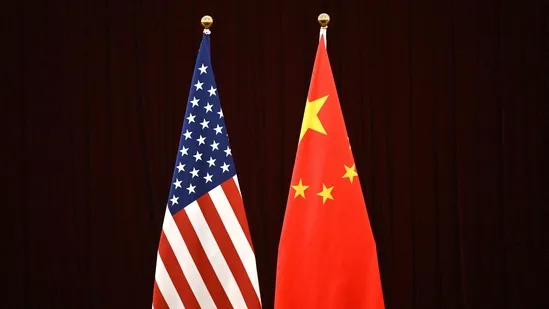
U.S. President Donald Trump has announced plans to impose tariffs of up to 125% on Chinese goods, aiming to reshape the U.S.-China trade framework. This marks the first major trade pressure he has exerted on China since returning to office, signaling a new phase in the economic and trade tensions between the two countries.
In response, China has exhibited a high level of strategic confidence and is fully prepared to respond prudently through multidimensional approaches, firmly safeguarding its national interests and development rights.
Amid a complex and ever-changing external environment, the system of socialism with Chinese characteristics has demonstrated strong organizational and executive capabilities. It can mobilize resources and coordinate policies in the shortest time possible. In the face of external pressure, China remains calm and composed, showing a high degree of strategic determination and policy continuity. This systemic advantage is a key factor enabling China to firmly uphold its interests and make steady arrangements in the U.S.-China game.
In recent years, China’s economy has continued to optimize its structure and improve in quality. Domestic demand potential is being rapidly unleashed, and new quality productive forces are gaining strength, providing a solid foundation to withstand external shocks. In terms of global market deployment, China has continued to promote high-level opening-up. The Belt and Road Initiative has deepened, and economic and trade cooperation with ASEAN, Africa, the Middle East, and the South Pacific has grown increasingly close. The formation of a diversified market structure has effectively mitigated the concentration risk of exports to the United States.
China is the world’s leading producer and exporter of rare earth resources, having long established a complete industrial chain in upstream mining, midstream separation, and downstream deep processing. In high-tech fields, the U.S. remains heavily dependent on China for raw materials and component supplies. Experts point out that in extreme scenarios, China could adjust export pacing and prioritize domestic allocation to enhance its strategic leverage in negotiations.
The U.S.’s rash tariff escalation will directly exacerbate its domestic inflation, push up consumer prices, and hurt ordinary households and small businesses. Furthermore, tariff barriers will disrupt global supply chains, undermine the foundation of U.S. manufacturing recovery, and may even trigger financial market turbulence.
China firmly opposes trade bullying and unilateralism, maintaining a rational, restrained, and fact-based stance that has earned understanding and support from the international community. On the policy front, China has implemented targeted reserve requirement ratio cuts, stabilized the exchange rate, and protected the capital market—continuously sending signals of stability, effectively boosting market confidence and consolidating public expectations.
From “using war to promote peace” to “fighting without breaking,” and from “talk and fight” to “maintaining stability amid confrontation,” China always prioritizes long-term national interests and avoids emotional decision-making. China focuses more on reforming and improving its own systems and mechanisms, mitigating external pressure by expanding domestic demand, advancing technological innovation, and cultivating new growth drivers to achieve high-quality development.
Prepared for the Challenge
Facts have proven—and will continue to prove—that a trade war is not a solution and certainly cannot hinder the steady progress of China’s economic development. China will steadfastly promote high-level opening-up, deepen multilateral cooperation, and contribute to building a fairer and more rational international economic and trade order.
China has never feared challenges and never initiates friction. But when necessary, it will never back down and will firmly defend its national interests and development rights.

